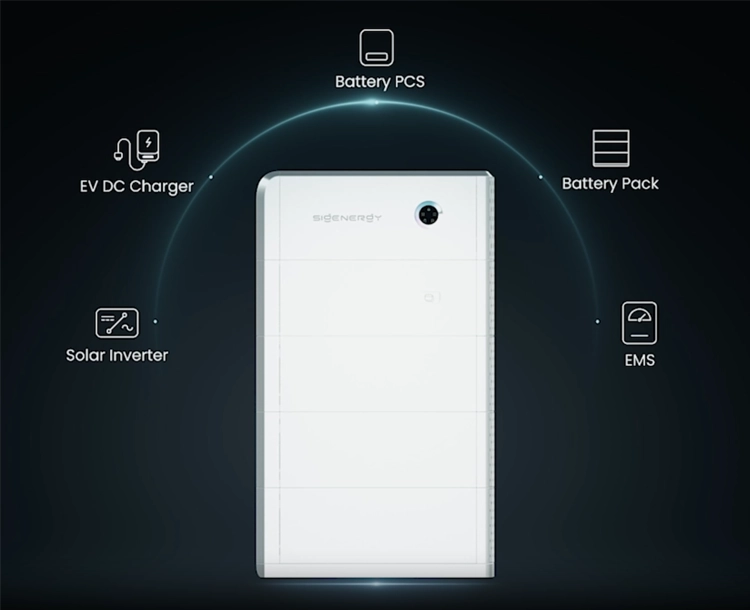Poly vs Mono Solar Panels: Comparing Efficiency and Performance
- Logan Haggerston
Solar energy has achieved massive growth in the past few years as an increasing number of households and businesses slowly turn toward clean energy.
When considering solar power, you must choose between monocrystalline and polycrystalline solar panels. Both types differ in the manufacturing process of the silicon wafers or cells, which in turn impacts efficiency and aesthetics.
Despite the initial cost difference, the choice between these two types of solar panels depends on the homeowner’s preferences, space restrictions, and long-term energy goals.
Here’s everything you need to know.
Poly Vs Mono Solar Panels: Key Differences
Solar panels are comprehensive blocks made from chemical components and materials that play a key role in converting solar power into usable electricity.
Common types of solar panels include monocrystalline solar panels, polycrystalline solar panels, and thin film solar panels. While monocrystalline cells are composed of a single crystal, polycrystalline cells contain multiple silicon crystals combined together.
Monocrystalline solar cells tend to have greater efficiency in harnessing solar power as there’s a higher degree of electron mobility. On the other hand, polycrystalline solar cells showcase lesser efficiency owing to increased electron recombination.
Despite the differences, both types of solar panels offer unique benefits based on individual requirements and preferences.
Construction, Material, and Design
Both mono and poly panels differ based on the structure and purity of the silicon used in the construction, which in turn impacts performance, appearance, and cost.
- Monocrystalline panels contain a single, pure silicon crystal, featuring a characteristic black appearance.
- Polycrystalline panels contain multiple silicon crystals, featuring a characteristic blue-black appearance.
Solar Panel Efficiency
Energy efficiency levels vary between monocrystalline and polycrystalline solar panels, wherein:
- Monocrystalline panels show a higher efficiency rate of up to 23% efficiency.
- Polycrystalline panels show a lower efficiency rate that’s below 20%.
As a result, fewer monocrystalline panels can achieve the same power output as polycrystalline panels.
Cost
- Monocrystalline solar panels tend to have a higher upfront cost as it uses a single crystal and a more expensive production process.
- Polycrystalline solar panels are less expensive as the production costs are lowered, making them affordable rooftop installations.
Appearance
- Monocrystalline panels have a black appearance due to the purity and uniformity of the single silicon crystal, ensuring a sleek and uniform appearance.
- Polycrystalline panels have a bluish hue because of multiple silicon crystals combined together, ensuring your manufacturing costs are lowered.
Pros & Cons of Mono and Poly Solar Panels
Advantages of Monocrystalline Solar Panels
- High efficiency: Owing to the single-crystal structure, monocrystalline panels have better efficiency rates, ranging from 16% to 24%.
- Smaller installation area: Since fewer monocrystalline panels are needed to achieve the desired energy output, they require a smaller installation footprint.
- Better architectural integration: Ideal for commercial buildings, such panels perform better in low light areas or cloudy conditions.
Disadvantages of Monocrystalline Solar Panels
- Higher cost: These panels feature a higher price point as the manufacturing process is more complex, precise, and time-consuming.
- Potential waste: The panels release more silicon waste during the manufacturing process compared to polycrystalline silicon solar cells.
Advantages of Polycrystalline Solar Panels
- Simpler manufacturing: These panels have a lower price point because they’re easier and cheaper to fabricate compared to mono panels.
- Less silicon waste: These panels produce lesser silicon waste during the manufacturing process as compared to monocrystalline panels.
Disadvantages of Polycrystalline Solar Panels
- Lower efficiency: These panels are less efficient in low-light conditions, ranging from 15% to 20%, due to lower silicon purity.
- Higher installation area: These panels generally require more installation space to achieve the desired energy output.
- Lower architectural integration: These panels don’t blend seamlessly into building designs under low-light conditions.
- Lower temperature coefficient: The lower the coefficient, the lesser the electrical resistance for a given increase in temperature.
Residential and Commercial Solar Performance
Monocrystalline and polycrystalline solar panels tend to suit both residential and commercial applications. Both types are widely available for homeowners and businesses, but it’s important to determine key metrics to get an accurate cost.
Space Constraints
When space is a constraint, monocrystalline panels might be a better choice since they offer higher efficiency per square metre. Due to their single-crystal structure, monocrystalline panels can generate more energy with less space compared to polycrystalline panels. On the other hand, but with ample rooftop space, polycrystalline panels can still meet your energy needs at a lower price.
Aesthetic Background
A monocrystalline solar panel has a sleek black appearance while a polycrystalline panel has a multi-faceted appearance. A homeowner might prefer monocrystalline panels for a more uniform look, while others may find the blue hue of polycrystalline panels appealing.
Weather Conditions
Since monocrystalline solar panels have a higher temperature coefficient, they showcase better heat tolerance compared to polycrystalline panels. As a result, they’re suitable for extreme conditions, such as desert environments. In colder climates, both types perform similarly, but areas with more diffused sunlight adapt better to monocrystalline panels due to their increased low-light response.
Get a Solar Power System Quote Today
When comparing monocrystalline and polycrystalline solar panels, it’s essential to observe key differences based on spectral response and energy production.
Even though both types of panels perform well, the choice depends on the consumer’s preferences, including budget, space limitations, aesthetics, and more.
If you can’t decide between monocrystalline and polycrystalline panels, speak to our experts at HCB Solar. Our dedicated local team will examine your unique property and help install reliable solar panel systems as per your preference and requirement.
Contact our experienced team today!
Key Takeaways
- Monocrystalline solar panels offer higher efficiency but at a higher cost, suitable for limited space.
- Polycrystalline panels are more affordable with slightly lower efficiency, ideal for larger spaces.
- Mono panels have a sleek black appearance, while poly panels show a blue hue.
- Efficiency, cost, aesthetics, and space requirements guide the choice between mono and poly panels.
- Both types perform well in various conditions, with mono panels being slightly better in low-light and high-temperature environments.
Not all solar panels are the same
A common issue many homeowners face after installing a solar system is discussed: difficulty in contacting their original installer for support. A significant number of calls to the office are from people seeking help because they can’t reach their installer. The support team is often sent to assist with these cases.


